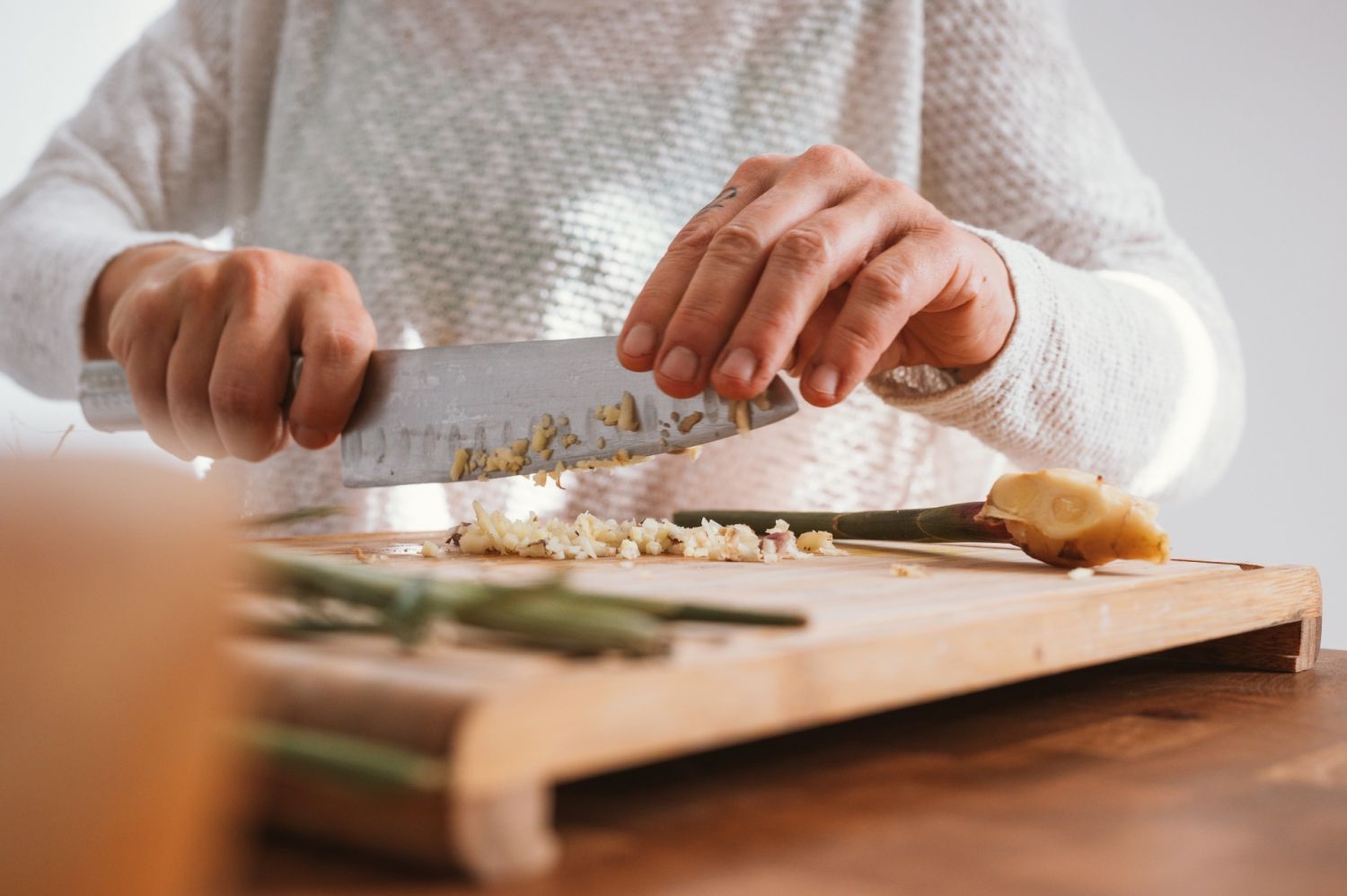If it's your first time in the kitchen (or your first time back in a while), read up on these six must-know knife cuts and start practising
Bâtonnet, julienne, brunoise: these knife cuts may sound intimidating, but they're essential techniques every home cook should and can master—no, they are not just for chefs. From soups to salads, stir-fries to pasta and even some baked goods, perfecting these knife skills will prove extremely useful in your everyday culinary adventures.
Whether you're just starting out in the kitchen or you simply need a refresher, read all about these basic cuts and how to use them, below:
See also: Top chefs in the Philippines talk about kitchen tools that they swear by
1. Bâtonnet

Dimensions: ½ inch x ½ inch x 2 ½ to 3 inches
Among the thickest of the elongated stick cuts, the bâtonnet is what you’re after if you plan to enjoy vegetables roasted, steamed, fried, or even raw: think fries, roasted carrots, crudités, and the like. In short, if you’re after large sticks of vegetables, the bâtonnet is the way to go.
It is also a great starting point for smaller, thinner stick cuts like the julienne, and subsequently, your dice cuts (more on that later).





